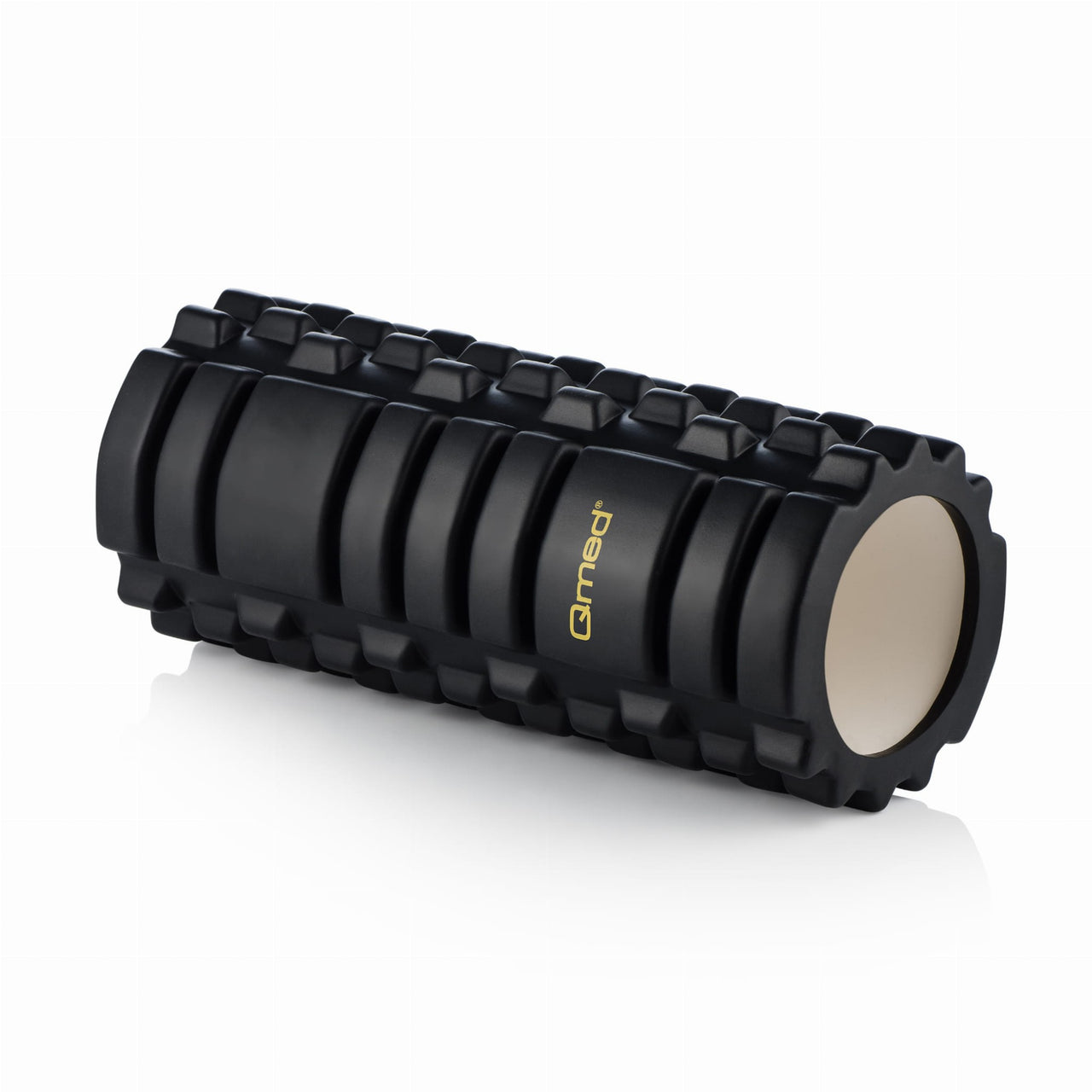Runner's knee is one of the most common overuse injuries in running and is caused by friction in the iliotibial band. The injury causes significant pain on the outside of the knee and can worsen with continued activity. With the right relief, protection and training, the discomfort can be alleviated and recurring problems can be prevented.
What is runner's knee?
Runner's knee occurs when the iliotibial band (ITB) slips over the outer bony prominence of the femur, causing mechanical irritation. The irritation often leads to local inflammation and pain that may initially be felt as a diffuse sensation but then becomes sharp during running or other unilateral loading.
Common causes & risk factors
The most common cause of runner's knee is overload during one-sided repetitive training, such as long-distance running. The risk increases with overpronation of the foot because the inward rotation of the foot and lower leg changes the load on the knee joint. Other common risk factors are leg length discrepancy, increased amount of hill training, short or stiff muscles on the outside of the thigh, and rapidly increasing training volume.
Symptoms
-
Sharp pain on the outside of the knee, often over the lower outer bony prominence of the femur
-
The pain gradually increases during running and may force interruptions
-
Tenderness and sometimes slight swelling or increased heat locally
-
The symptoms are often relieved at rest but quickly return with exertion.
When should you seek medical attention?
If the pain does not subside despite relief, if the discomfort recurs with every activity, or if the knee swells, you should seek help from a physiotherapist or healthcare professional.
Recommended protection & support
In the case of runner's knee, a warming and compressive knee brace can reduce pain by increasing circulation and reducing friction in the inflamed area. If overpronation of the foot is a contributing cause, a pronation insole can stabilize the foot and reduce the load on the knee. In the case of a leg length discrepancy, a compensating heel wedge can relieve the load and create a more even load. Regular stretching of the hip muscles and the outside of the thigh is an important part of the treatment and can be combined with relief from pain-triggering activities. Together, these measures help to relieve the pain and reduce the risk of recurrence.




